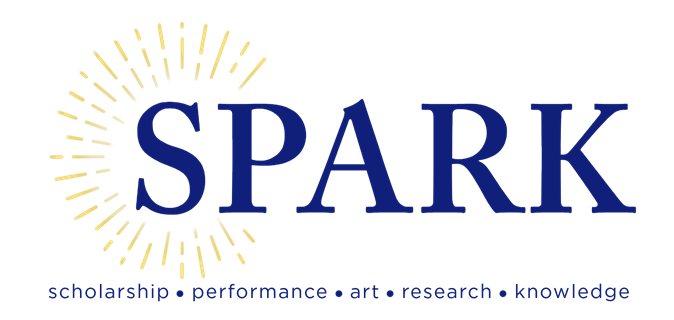
[Archive] Belmont University Research Symposium (BURS)
Publication Date
Spring 2023
College
Sciences and Mathematics, College of
Department
Chemistry and Physics, Department of
BURS Faculty Advisor
Dr. Justin Stace
Presentation Type
Oral Presentation
Abstract
Successful Lewis acid/base reactions of terbium(III) nitrate with 2,2’-bipyrdine (22’bpy), 1,10-phenanthroline (phen), and 2,6-pyridine dimethanol (pydm) have yielded the products: Tb(22’bpy)2(NO3)3, Tb(phen)2(NO3)3, and [Tb(pydm)3](NO3)3, respectively. In accord with the well-known antenna-effect, the absorption spectrum of each complex is similar to the spectrum of the free ligand, while the emission spectrum of the complex is identical for the free terbium(III) ion. In contrast, the substitution of a ligand containing a third-row nonmetal strategically placed near the terbium may force interaction between the 3p nonmetal orbital and the 4f orbitals of the metal. Considering the strong terbium-oxygen bond present in [Tb(pydm)3](NO3)3, tris(hydroxymethyl)phosphine (thmp) was chosen; thmp offers the tantalizing similarity to the binding motif found in [Tb(pydm)3](NO3)3 while also positioning a phosphorous near the metal center. Similarly, the phosphate polyatomic anion also suggests itself as a potential ligand particularly because in [Tb(2,6-dimethylpyridine)3](NO3)3 would be retained with the use of phosphate. Synthetic methods and photophysical data of the resulting products will be presented.
Recommended Citation
Gagnon, Ryan, "Synthesis and Characterization of Terbium(III) Complexes: Can We Manipulate the Emission Signature?" (2023). [Archive] Belmont University Research Symposium (BURS). 342.
https://repository.belmont.edu/burs/342


